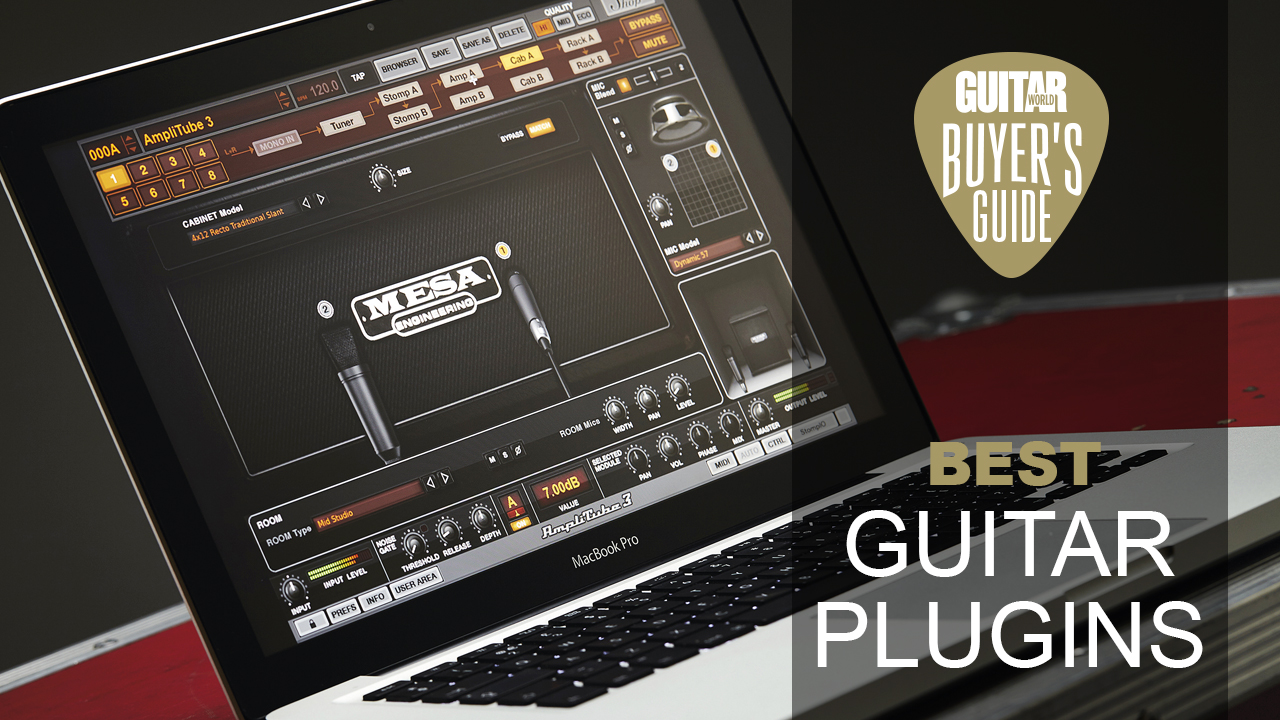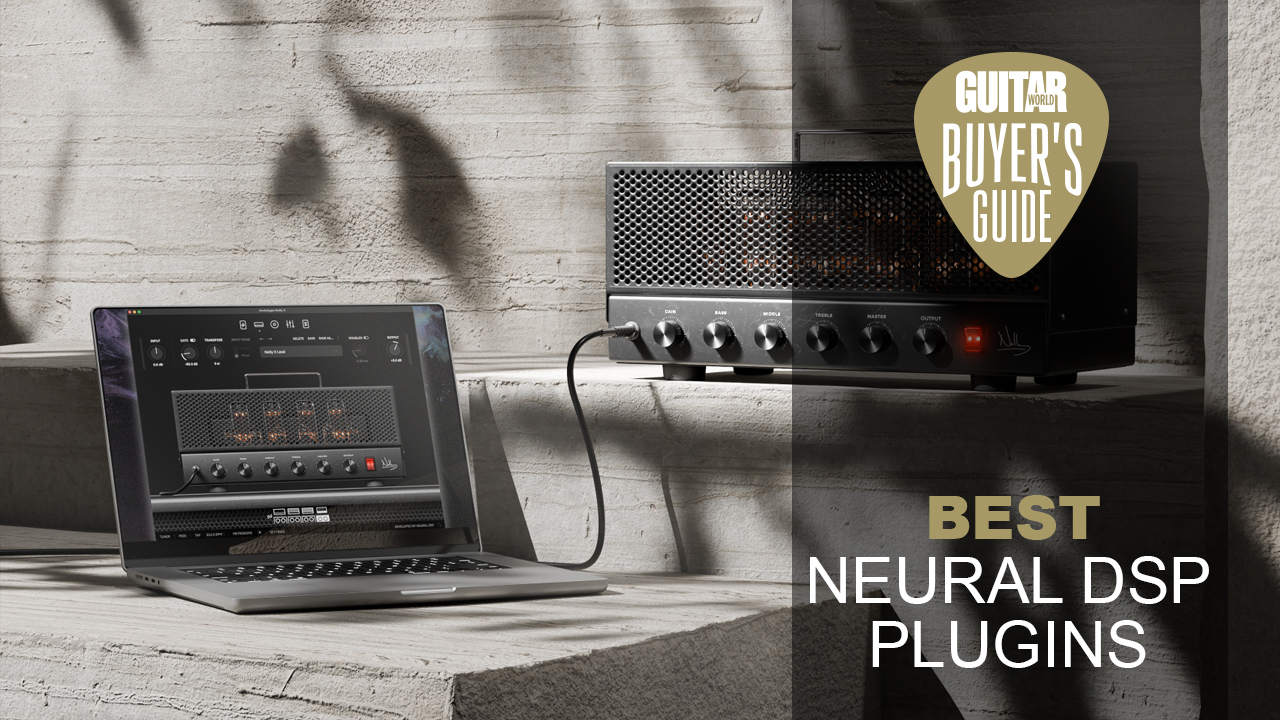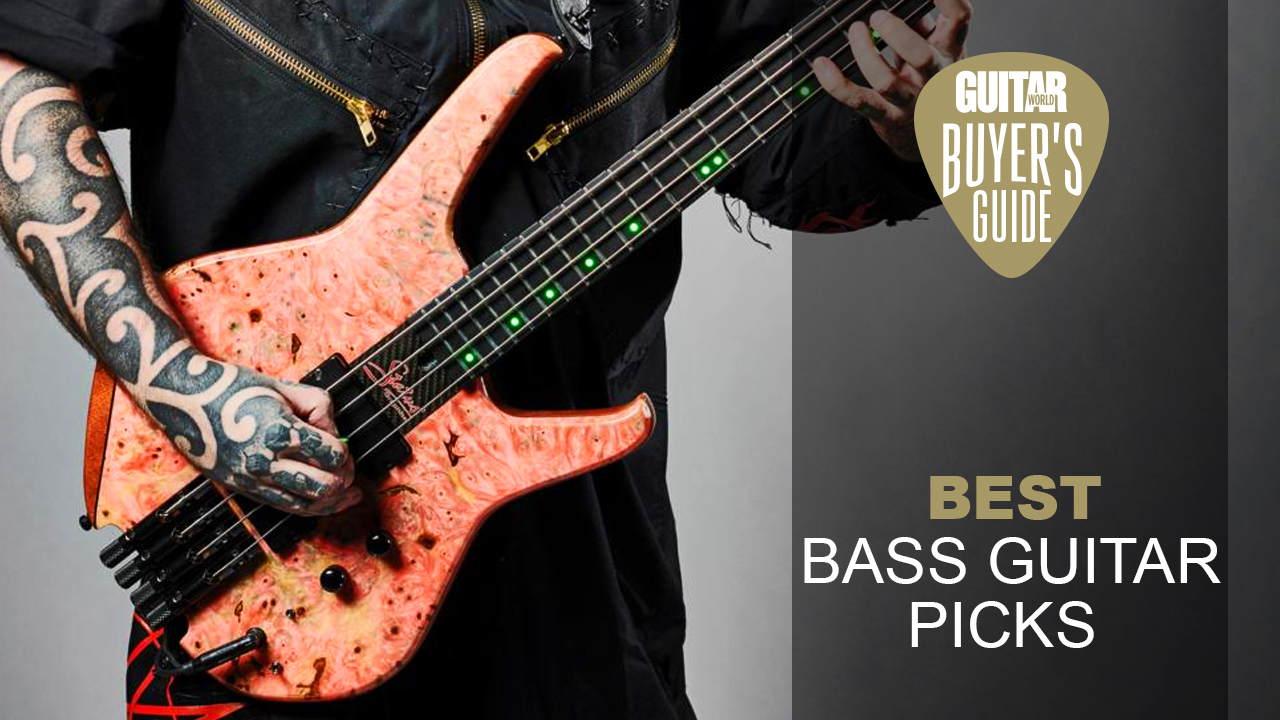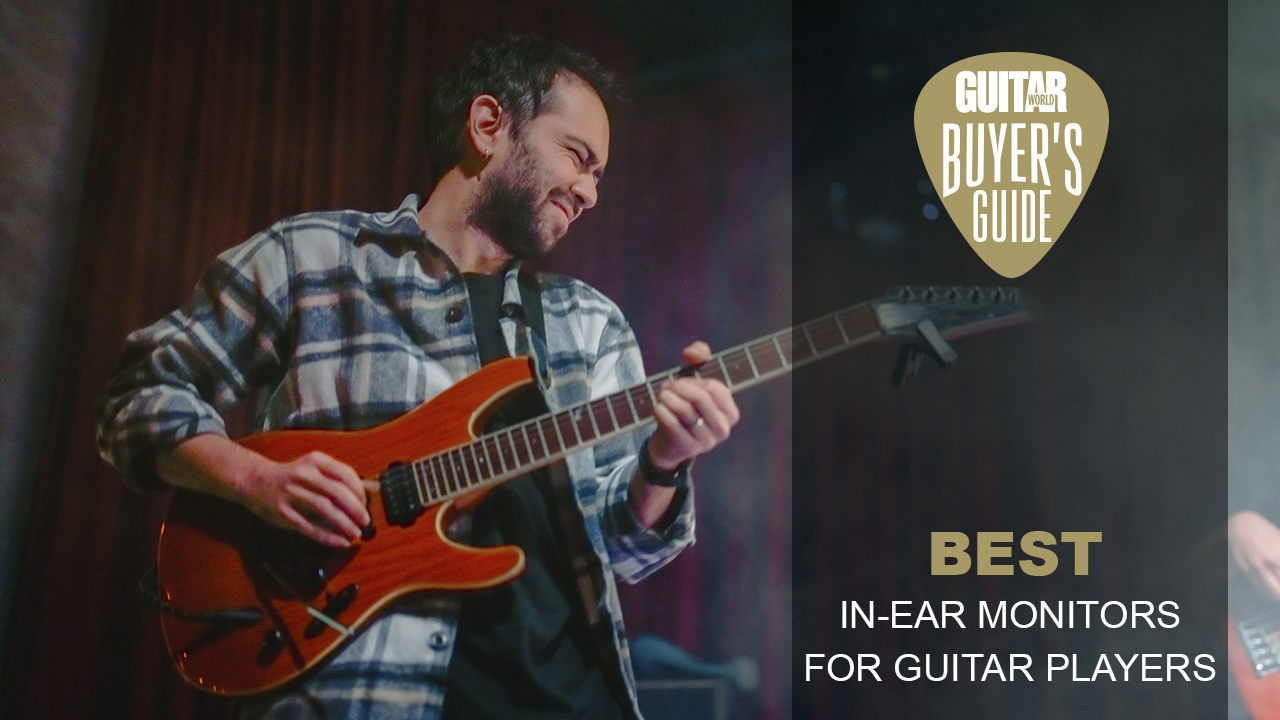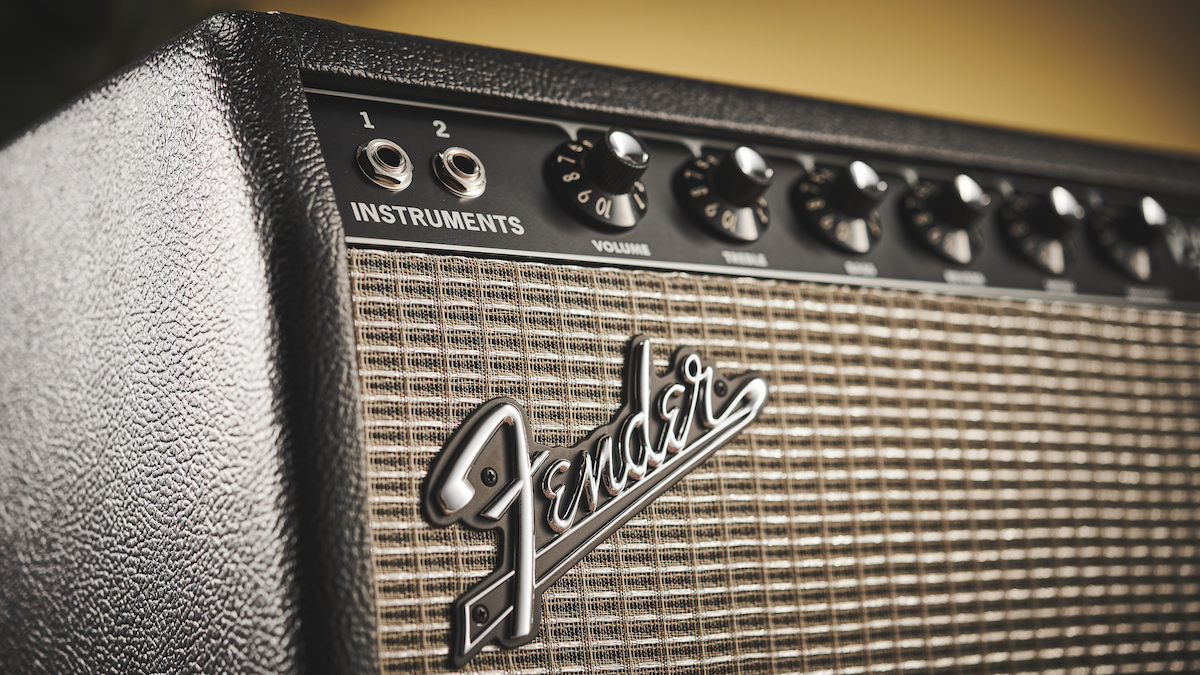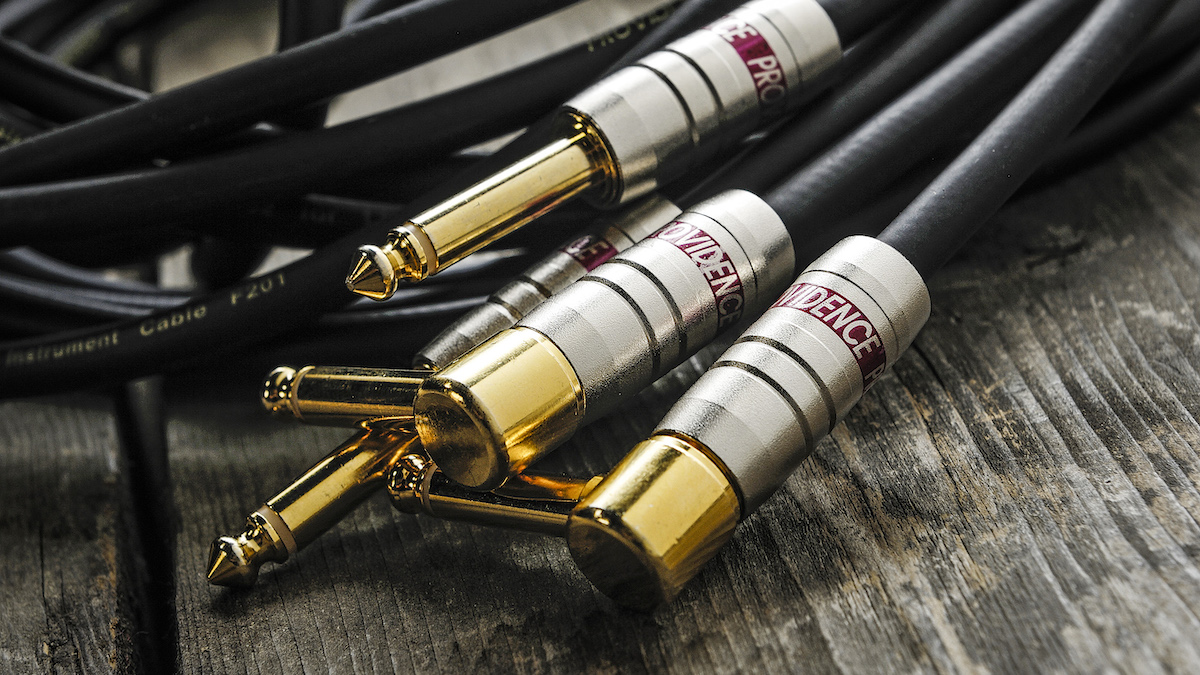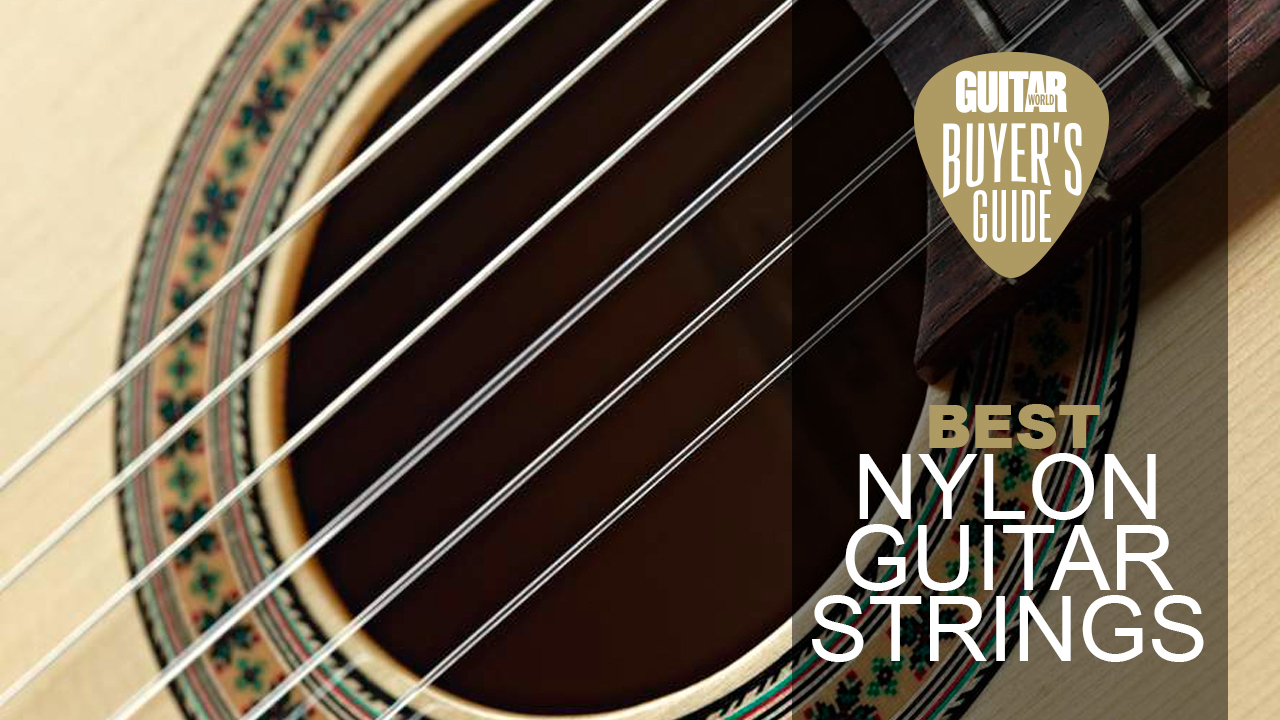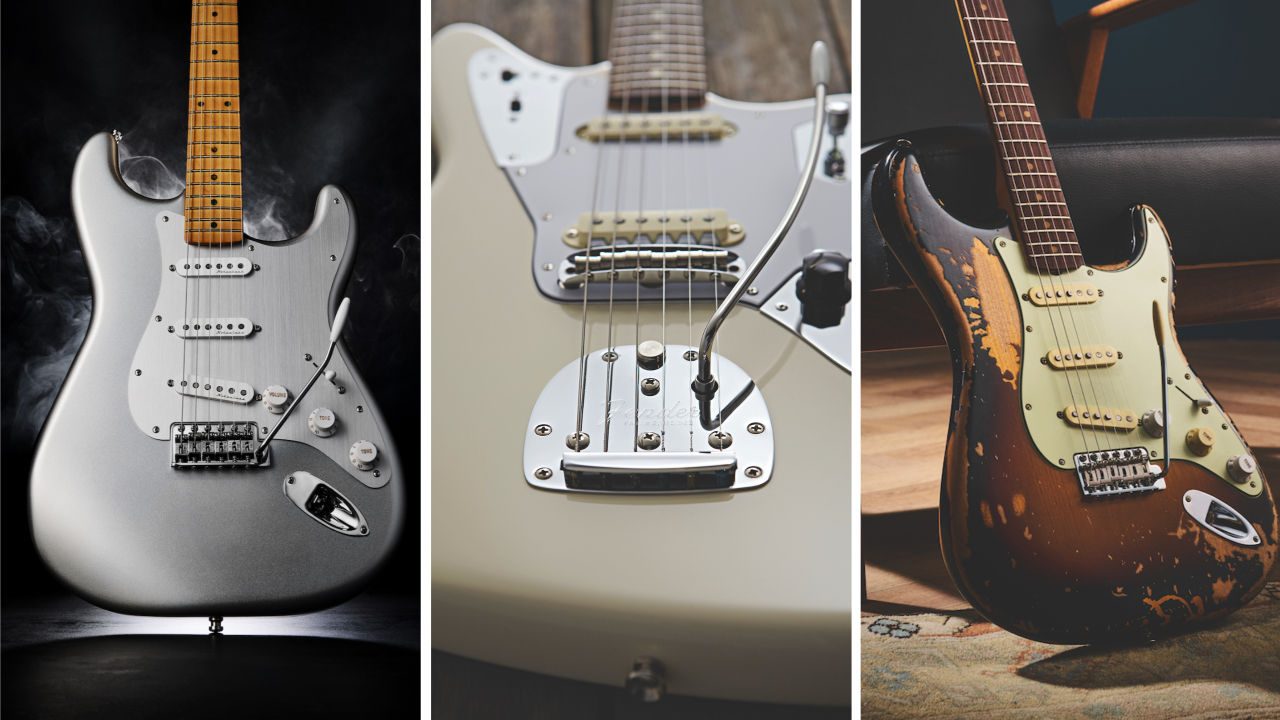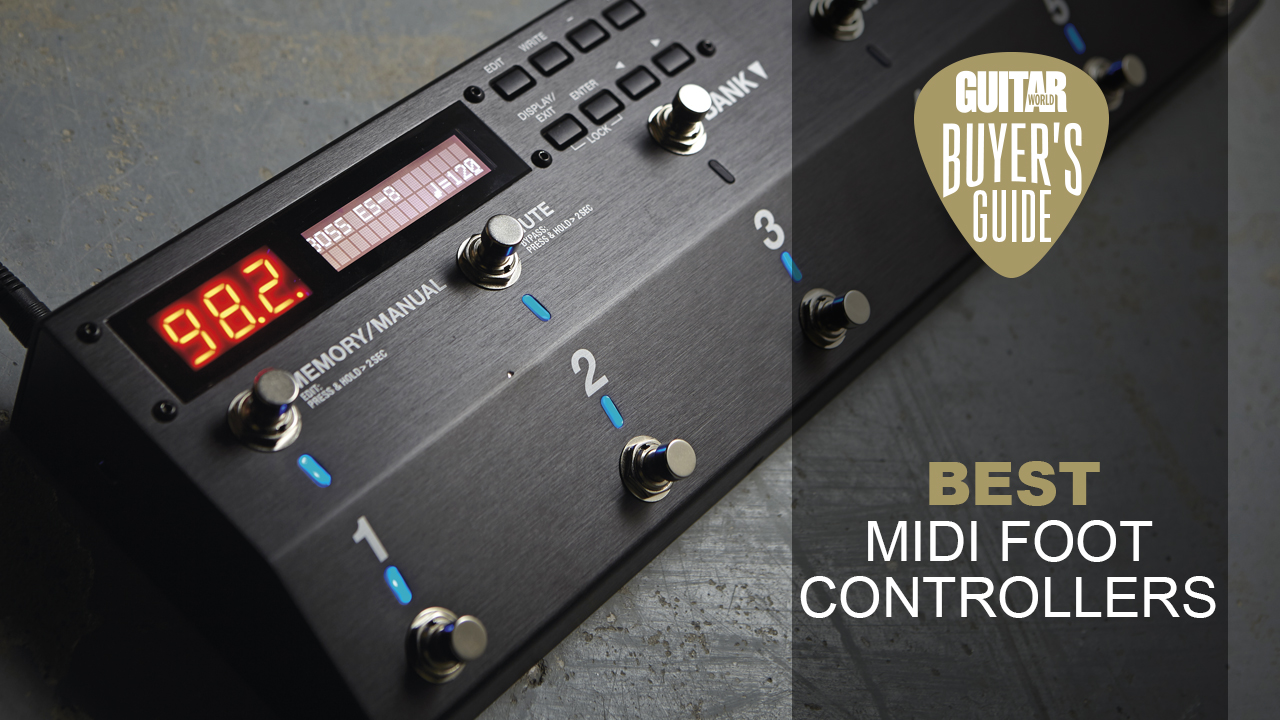Best budget reverb pedals 2025: wallet-friendly ‘board buys for the thrifty guitar player
Get your hands on a cheap reverb pedal with offerings from Fender, TC Electronic, JHS, Electro Harmonix and more
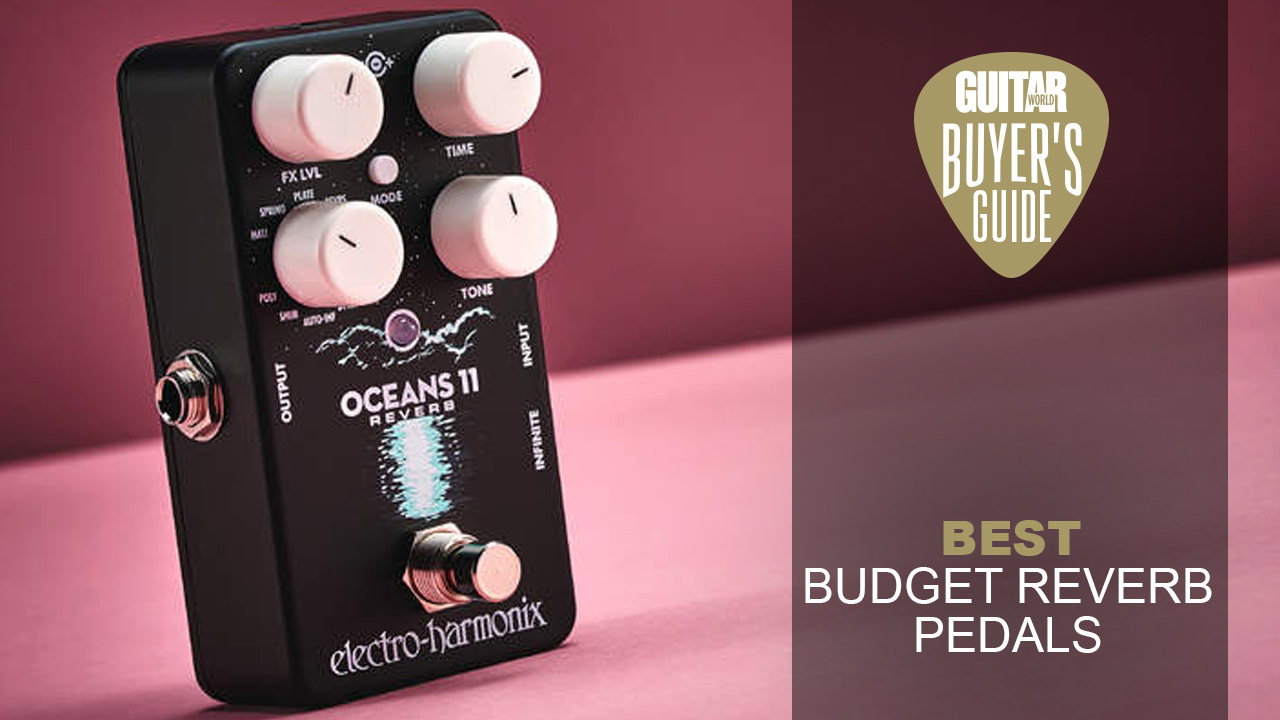
Reverb is a must-have effect on the pedalboard of any guitar player. It does everything from helping your guitar sit better in the mix, right through to catapulting your tone to the furthest reaches of the cosmos. Unfortunately, the majority of reverb pedals are pretty pricey, thanks to the tech required to simulate a space for your guitar so - to help you find your next pedal bargain - we spent some time picking out the best budget reverb pedals for your ‘board.
Reverb is not just a sweetener for your guitar tone. Mix engineers all over the world put reverb on drums, vocals, guitars, keys, and pretty much every other instrument. Sometimes it’s used to gel everything together, so it sounds like instruments recorded separately are occupying the same space. Other times it’s used to add wild effects to guitar solos, enhance vocal lines, or make drums sound like they’re coming from the room next door.
If you want to get deeper into the way reverb works, then head to the bottom of the page where you’ll find our buying advice section. If you just want to grab yourself a bargain for your ‘board, then continue scrolling to see the best budget reverb pedals, handily arranged in price order.
Best budget reverb pedals: our top picks
Although it’s not the cheapest option on the list, the TC Electronic Hall of Fame 2 gives you 7 different high-quality reverbs, plus 3 slots for custom tones. They’re great sounding ‘verbs too, with many modeled on TC rack units used in studios all over the world. When it comes to pure bang for your buck, this great little stompbox is hard to beat.
If you want the absolute cheapest reverb pedal on the market, look no further than the Behringer DR600 Digital Reverb. Featuring 6 popular reverb models, plus stereo in and outs, this is a lot of pedal for the sub $/£50 price point.
Best budget reverb pedals: Product guide
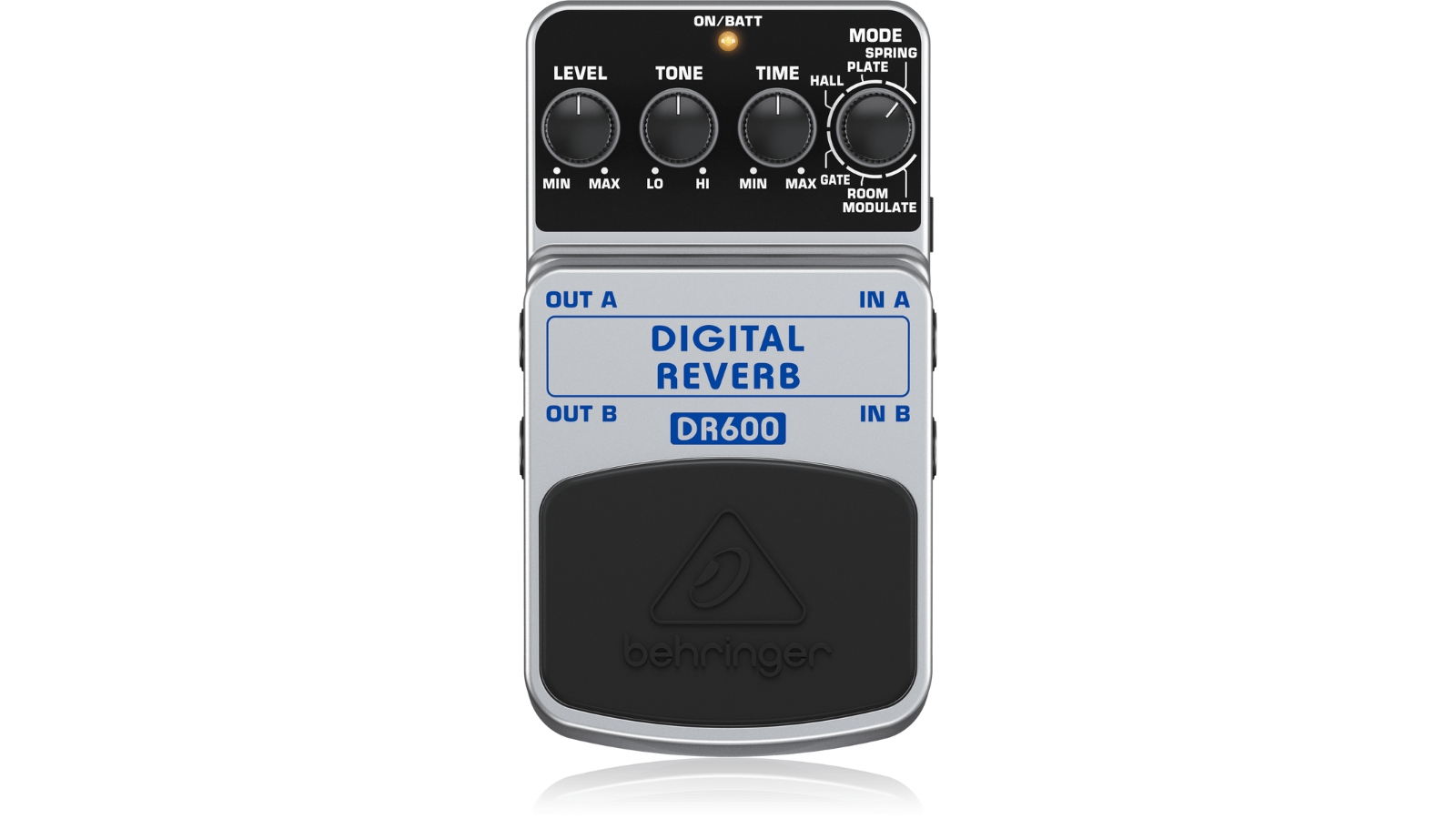
1. Behringer DR600 Digital Reverb
Our expert review:
Specifications
Reasons to buy
Reasons to avoid
The Behringer DR600 Digital Reverb definitely gives you ‘too good to be true’ vibes when you look at the price point. Your eyes don’t deceive you though, it really gives you six stereo reverbs for less than $/£50!
You get plate, hall, spring, gate, room, and modulate modes, plenty to suit a variety of playing styles. They’re all 24-bit stereo reverbs too, delivering a really wide, three-dimensional tone when you plug into two separate guitar amplifiers. The modulate option sounds fantastic, delivering a chorus-like, detuned reverb tail.
Behringer pedals have a bit of a reputation for poor quality, but if we’re completely honest, we’ve had a few on our ‘board and never had an issue with them. The enclosure isn’t the most sturdy feeling, but so long as you’re not jumping on it with both feet, it should put up with regular gigging.
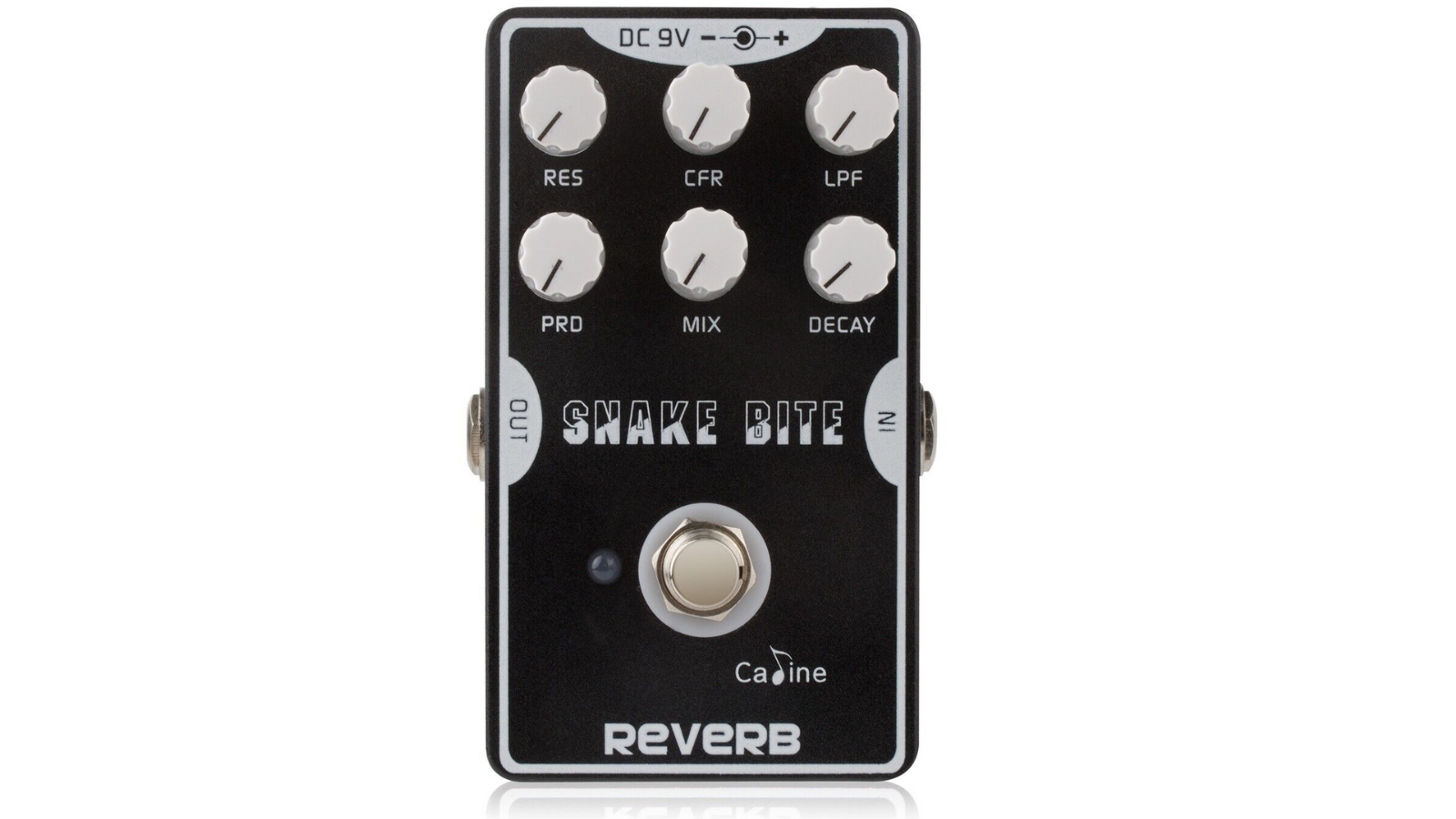
2. Caline Snake Bite
Our expert review:
Specifications
Reasons to buy
Reasons to avoid
The Caline Snake Bite has been a bit of a sleeper hit, finding favor with guitarists of an ambient or shoegaze inclination thanks to its unique sound and versatile control set. Despite not having select reverb modes, it’s surprisingly versatile, and with some manipulation, you can get a huge variety of sounds out of it.
The unit is really well built, feeling a lot more expensive than it actually is. The aluminum cast housing is hefty, and will certainly put up with the rigors of regular live performance. Six knobs give you controls for resonance, center frequency, low pass filter, pre-delay, mix, and decay - plenty for you to experiment with and get the sound you desire.
While you can get some convincing room and spring sounds, it definitely leans more toward the larger, ambient side of the sonic spectrum. Once you get the mix and decay dials past 12 o’clock you start to get some really broad sounds that will sit well underneath post-rock instrumentals and shoegaze licks.
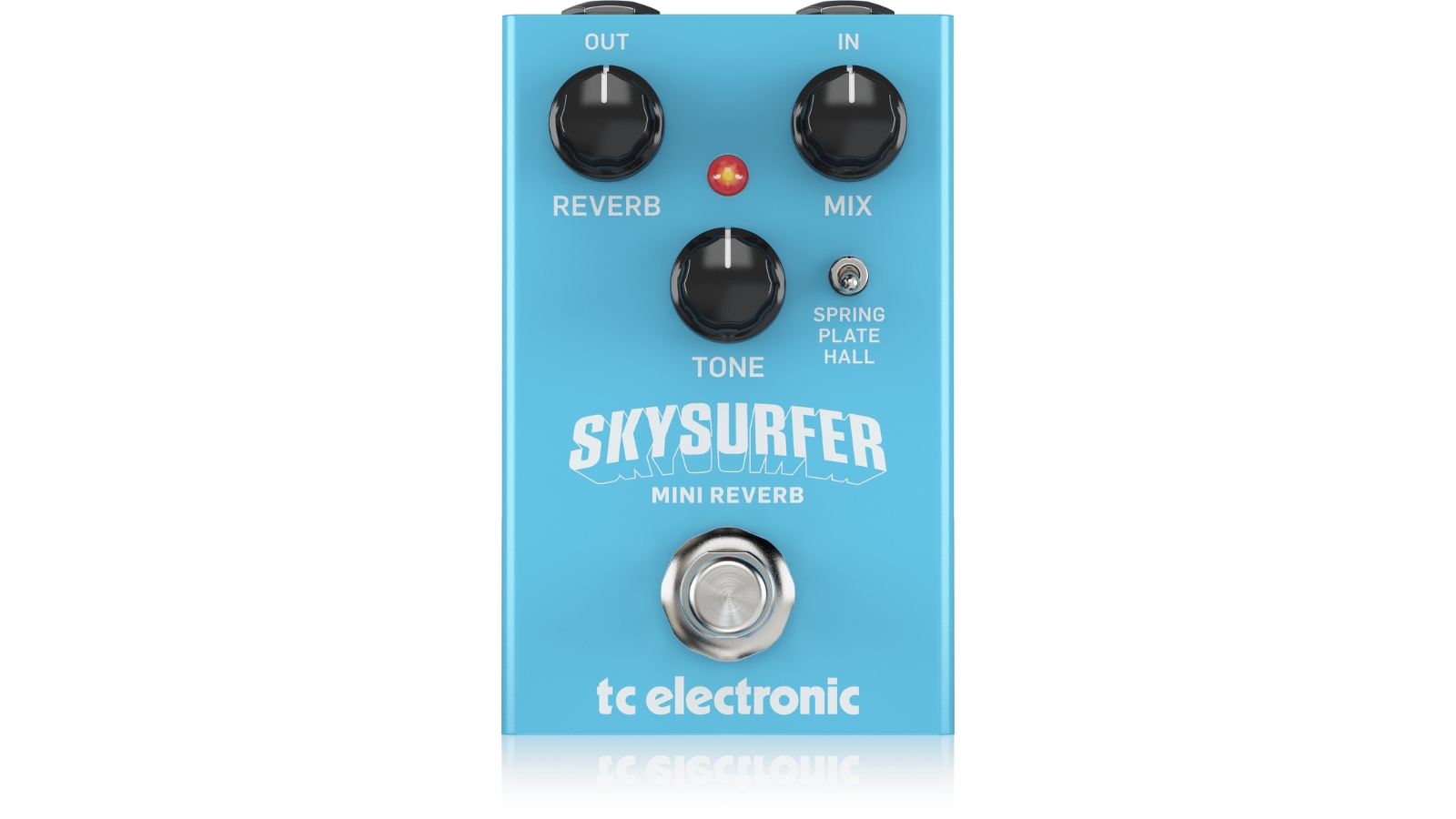
3. TC Electronic SkySurfer
Our expert review:
Specifications
Reasons to buy
Reasons to avoid
The TC Electronic SkySurfer is a great budget stompbox for players who want those classic reverb sounds. Modeled after TC’s studio rack reverb units, these are some seriously high-quality algorithms for relatively little money.
You get spring, slate, and hall settings to play with, plus three super versatile controls to help you sculpt your sound. The spring setting feels pleasingly realistic with its metallic tang, whilst the plate mode is bright and lively, great for vintage guitar tones. The hall mode gives you a properly luscious sound too, feeling huge and atmospheric.
With these studio-quality reverb algorithms, this little blue box gives you a lot of sound for your money. The enclosure is rock solid too, so you know it’s going to put up with plenty of onstage abuse.
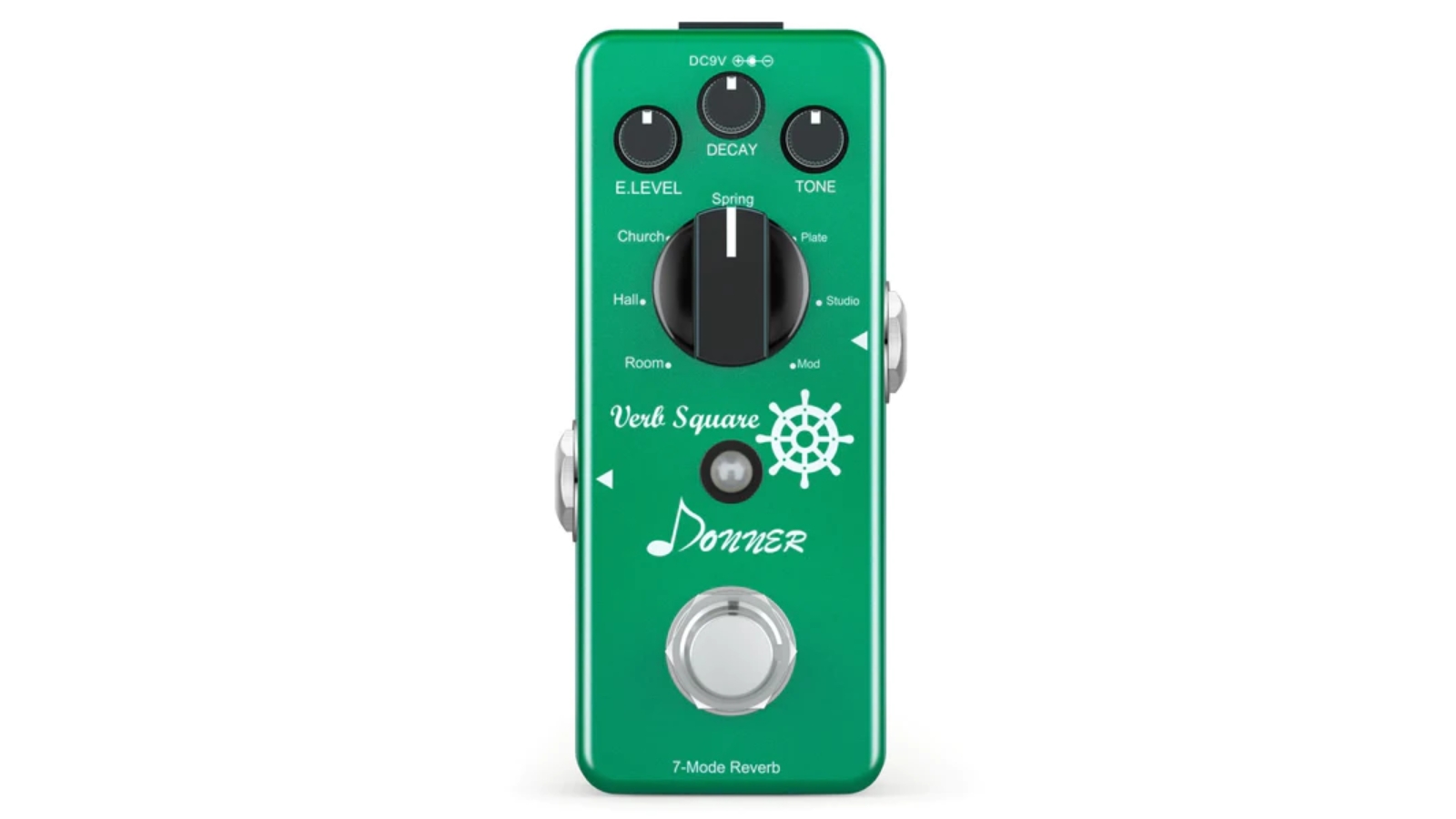
4. Donner Verb Square
Our expert review:
Specifications
Reasons to buy
Reasons to avoid
Donner has been releasing all manner of effects over the last few years, cultivating a name for budget mini stompboxes that get the job done. Some of them can be a bit hit-and-miss, but we love the Donner Verb Square for its pure value for money.
Giving you seven different sounds to play with, it leans more towards the traditional end of the spectrum with room, hall, church, spring, plate, studio, and mod settings. Some of them are fairly similar sounding, but the quality of each is great and we particularly enjoyed the spring mode on it.
The enclosure is really well built despite its small size, with the large rotary knob far enough away from the footswitch to prevent any accidental movement while you’re playing. The size means it will nestle comfortably on the busiest of pedalboards too.
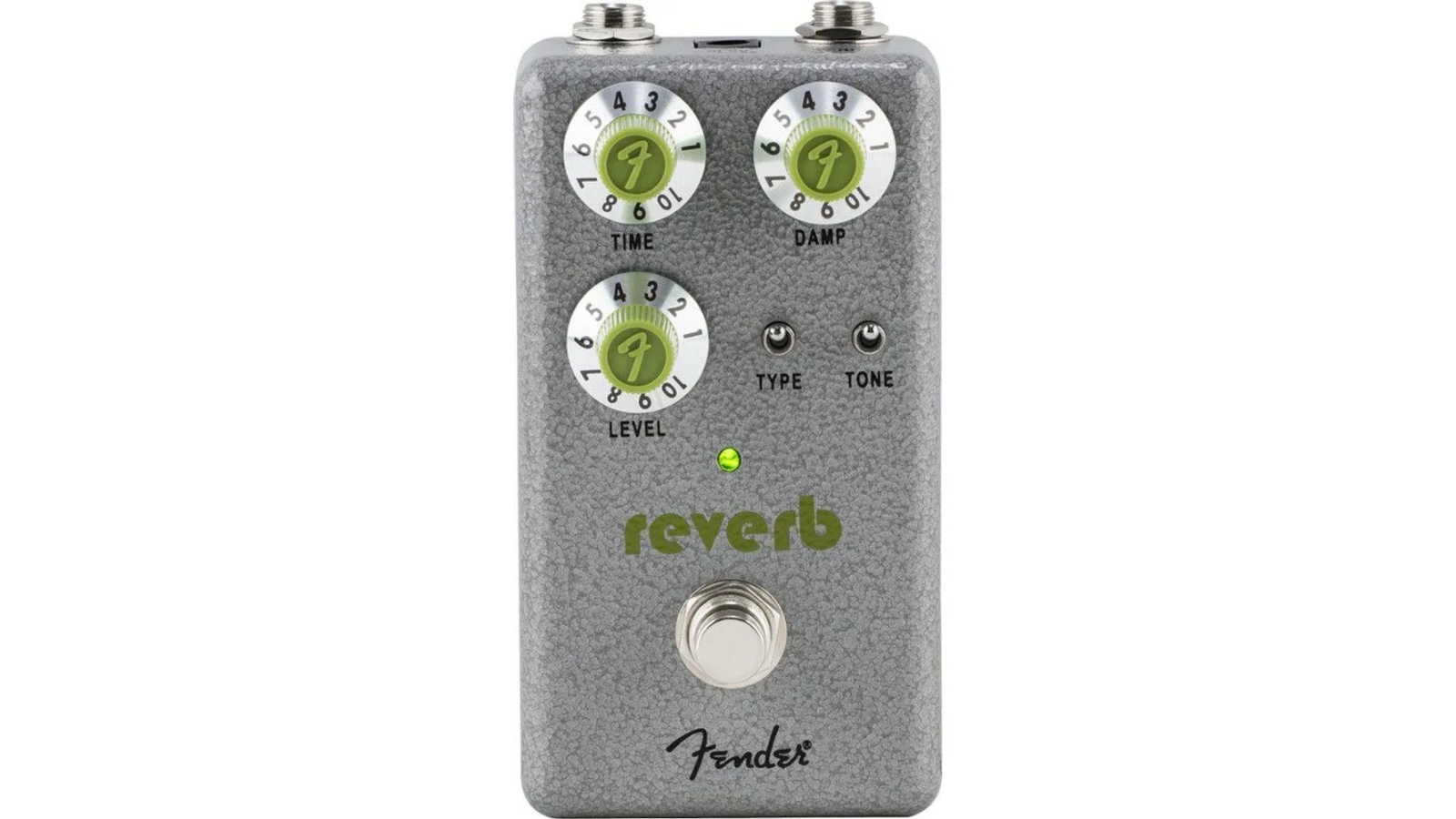
Specifications
Reasons to buy
Reasons to avoid
The Fender Hammertone Reverb is part of the big F’s latest line of budget stompboxes, delivering top-quality effects at an excellent price point. As you’d expect with anything with the Fender logo on it, this thing is excellent quality and eminently usable.
You get three different sounds with hall, room, and plate modes. Surprisingly for a company so defined by its sound, there’s no spring mode, but you can dial in something similar with a little tweaking of the hall settings. They’re all super-usable, with the handy ‘damp’ knob that lets you blend the trail in for a more focused sound.
It’s got a great mix of traditional to ‘far-out’ sounds and at more extreme settings you can get an almost freeze-like effect. The unit itself is resoundingly solid too, with the stripped-back look and unusual color scheme sure to make it stand out on your ‘board.
Read the full Fender Hammertone pedals review.
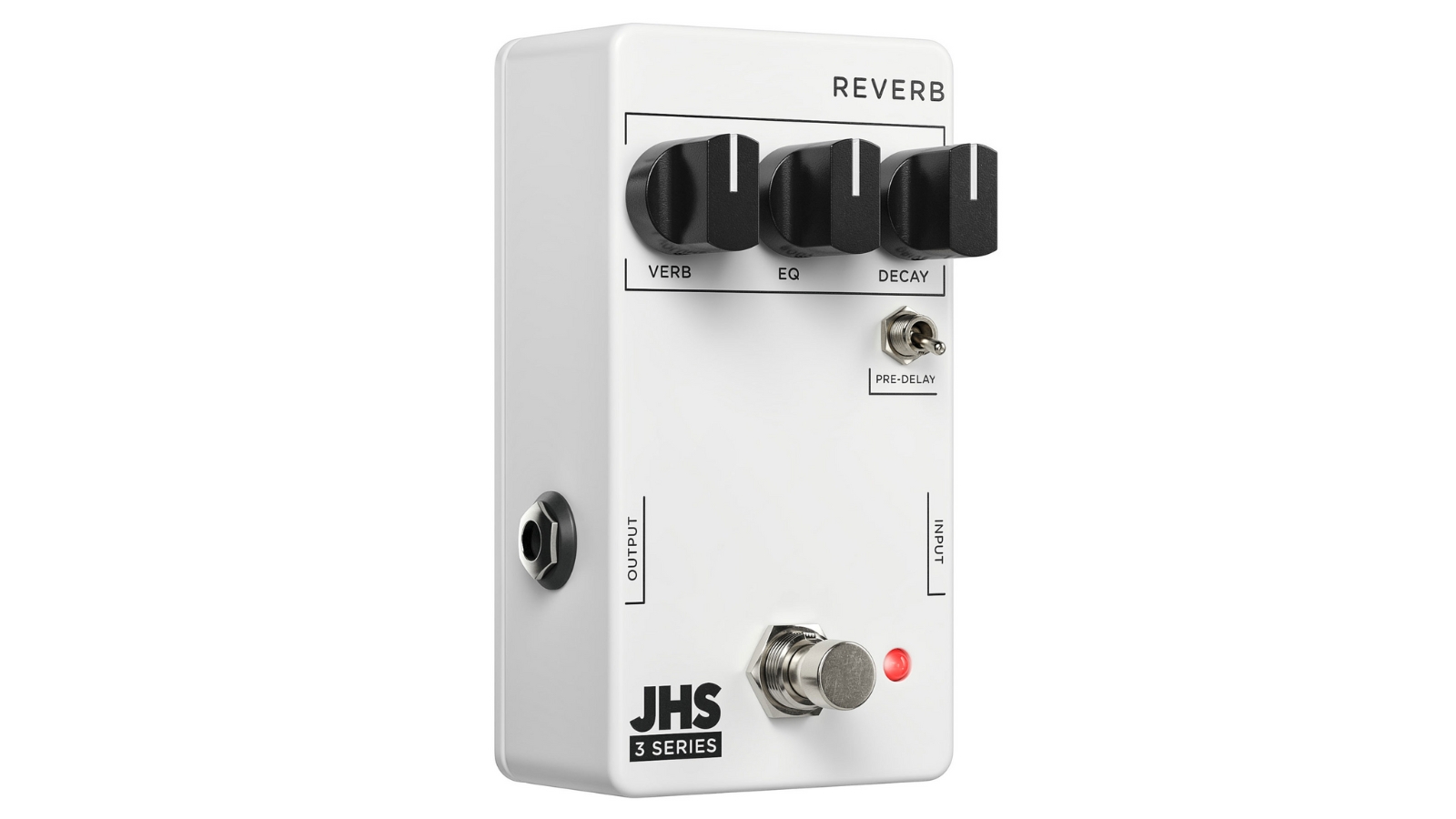
6. JHS 3 Series Reverb
Our expert review:
Specifications
Reasons to buy
Reasons to avoid
The JHS 3-Series gets its name from the three knobs each pedal has but don’t let the simple fascia and controls fool you, there’s a lot of depth to this reverb pedal. We particularly love that JHS is able to manufacture these pedals in the US whilst still keeping the cost low.
Despite only having one core reverb sound, you get a surprising amount of variation from the combination of the verb and decay knobs. The pre-delay switch lets you add further space to your sound, and although it’s not a classic reverb tone, we found it to be very musical and usable.
As you’d expect from JHS, the enclosure is really solidly built with high-quality components inside. The plain look may be divisive, but we think it looks really smart alongside other pedals, standing out more than you’d think.
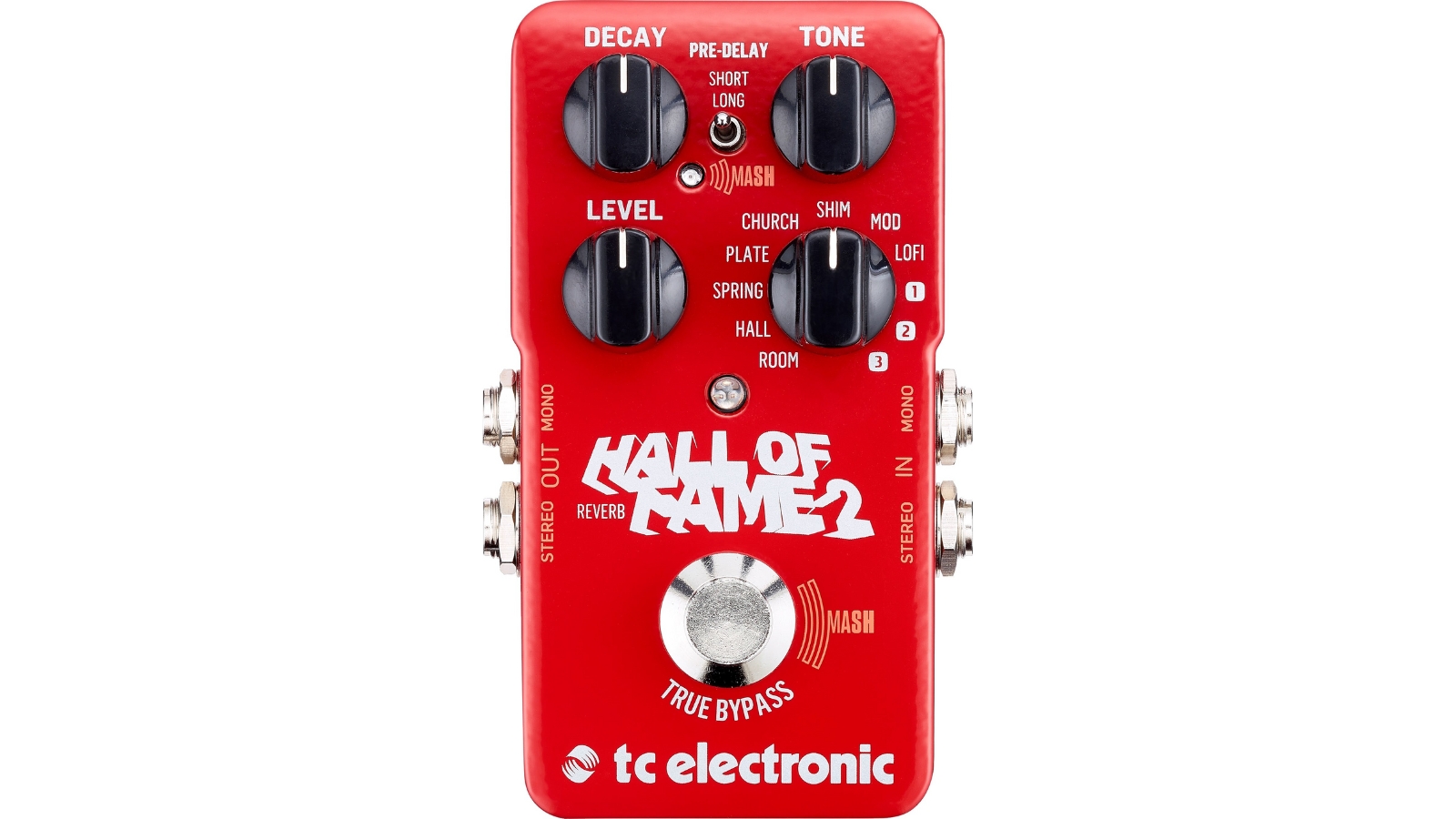
7. TC Electronic Hall of Fame 2
Our expert review:
Specifications
Reasons to buy
Reasons to avoid
The TC Electronic Hall of Fame is not just one of the best budget reverb pedals, it’s an iconic reverb pedal all of its own. Despite the deep feature set, it’s surprisingly easy to get up and running with this box of tricks and the variety of tones on offer is simply outstanding.
As well as the more typical room, hall, and spring modes, you also get a touch of the more esoteric with the shimmer, modulated, and lofi options. The three custom ‘Toneprint’ options add further versatility to this brilliant stompbox too, letting you create your own custom ‘verbs or download those sculpted by pro guitar players.
The Hall of Fame 2 is a well-built unit, we’ve had a bunch of TC pedals on our ‘board for the last few years now and they’ve yet to let us down. The MASH footswitch is a really cool feature too, allowing you to utilize real-time parameter control that manipulates the reverb tails in different ways depending on the preset.
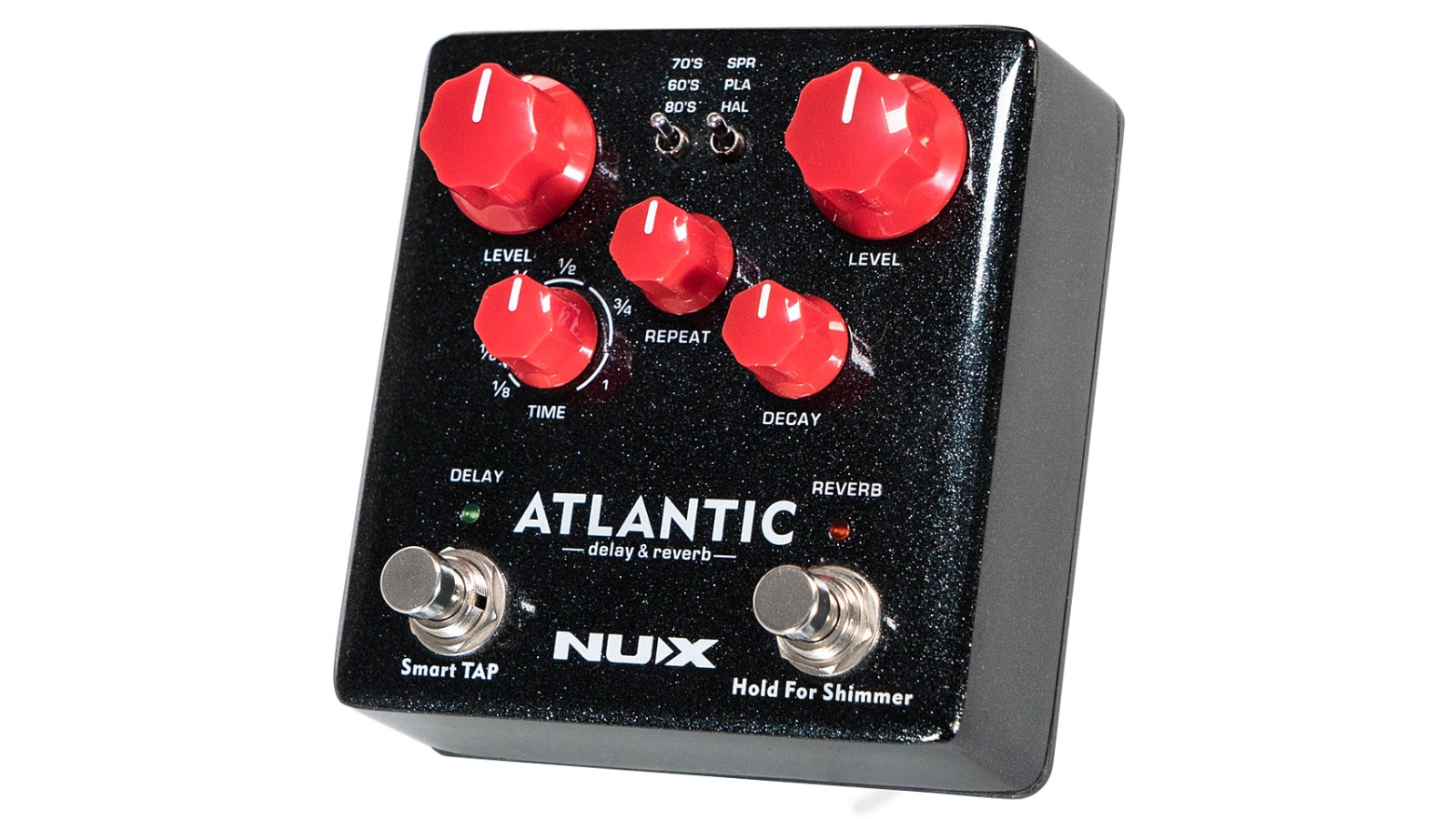
8. NUX Atlantic
Our expert review:
Specifications
Reasons to buy
Reasons to avoid
Okay so we’re cheating slightly with this one, it’s actually a delay and reverb pedal in one, but we think it’s brilliant. For the cost of one pedal, the NUX Atlantic gives you two high-quality sounds in one compact unit, with bags of customization options.
All the classic reverb sounds are present and accounted for here with spring, plate, and hall options. You can also hold down the reverb footswitch for a shimmer effect, great for those prog-rock and shoegaze escapades. The delay side gives you plenty of scope as well, with a dedicated time division knob and tap tempo.
A TRS stereo input saves space, with mono and stereo outs for those running multiple amp rigs. A series/parallel switch lets you change how the pedals interact with one another, and if you open it up you can change the order in which the pedals run. An input level control gives you +4dB or -10dB, great for running it in FX loops.

Specifications
Reasons to buy
Reasons to avoid
This competitively priced purple pedal is actually a culmination of two previous Mooer stompboxes, the R7 Reverb and the A7 Ambience. The Mooer Audio R7 X2 Reverb gives you double for your money, with 14 high-quality digital reverb sounds to play with.
There’s a considerable amount of sounds available here, and they’re immaculate and for the most part, artifact-free. The classic reverb sounds are really good, and we particularly enjoyed the spring reverb mode. The studio tone is nice and warm, and the infinite button gives you the option to catapult things to the stratosphere.
One of the best things about this pedal is the presets, once you’ve saved your settings you can instantly recall by switching up or down, making it great for long setlists where you need different sounds. With stereo in and outs, this pedal gives you a lot for relatively little money.

10. Electro-Harmonix Oceans 11
Our expert review:
Specifications
Reasons to buy
Reasons to avoid
The EHX Oceans 11 Reverb gives you a massive array of reverb sounds in a compact footprint and for the money, it's up there with the best in terms of pure sounds you can get out of it.
Alongside your standard spring, room, and hall sounds, you also get some more unique timbres including the much-loved shimmer reverb and an excellent modulated sound. There's a lot of ability to tweak these sounds too, giving you a massive tonal palette to play with.
The mode switch in the center of the pedal allows you to double or even triple some of the sounds, as well as unlock further parameters to sculpt, which the pedal itself handily remembers when you turn it off.
Read the full Electro-Harmonix Oceans 11 reverb review.
Best budget reverb pedals: Buying advice
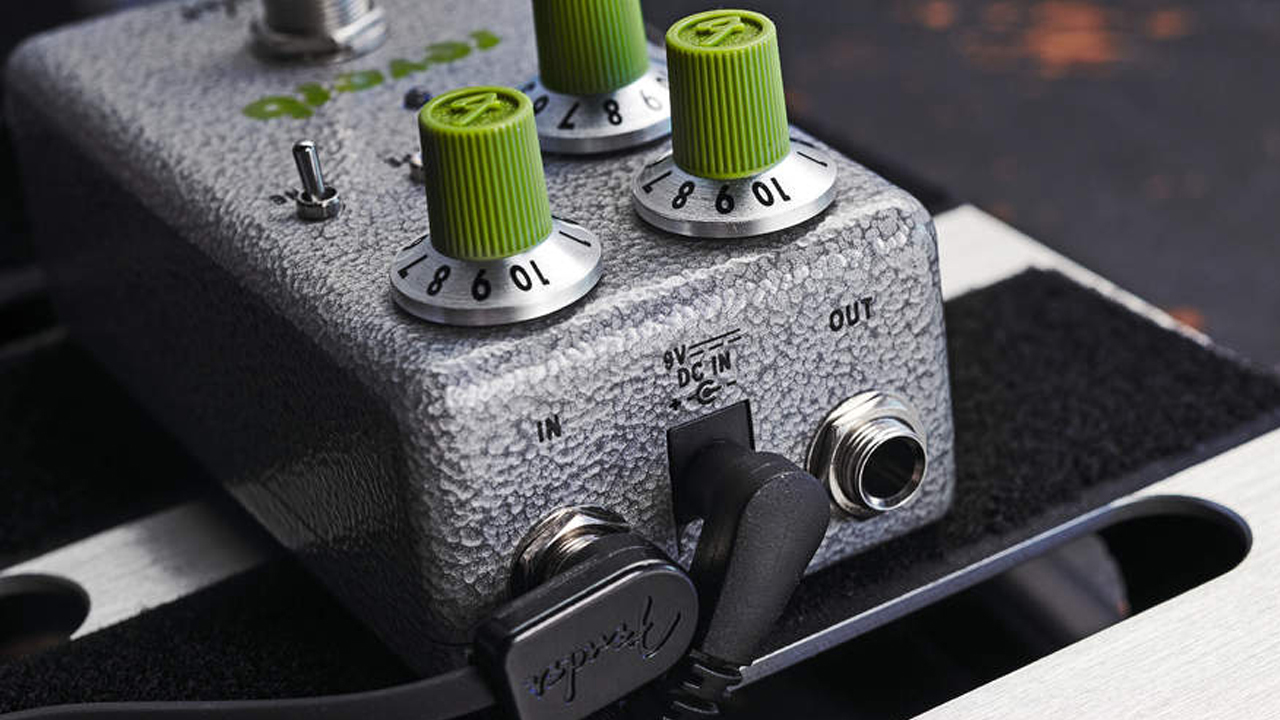
Reverb is one of the most popular effects in the whole of music, not just for the electric guitar. Frequently used on pretty much any instrument you can think of, it adds a sense of space to an instrument’s playing and can be used for effect too, sending the sound of your guitar to worlds hitherto unexplored. It’s also great for helping glue instruments recorded separately together, as well as allowing your guitar to sit better in a band context, adding warmth and depth to your tone.
What is reverb?
Reverb is what happens when a sound is made in a space. For example, if you’re sitting indoors right now, clap your hands loudly and you will hear it bounce off the walls and back to your ears, just slightly after you initially make the sound. This is what we call reverb. Of course, if you were to do the same in your local church hall, the reflected sound would be much louder, as well as taking longer to reflect back at you.
What are the types of reverb?
Before the digital age, reverb in music was created by playing recordings through large physical spaces and capturing the sound. Soon after plate reverb was created, whereby a transducer was used to create vibrations in a large plate of sheet metal. Contact mics would pick up the resultant vibrations and they would be added alongside the dry signal to create a sense of space.
Spring reverb was the next great invention and something that’s still used often in guitar amps today. Similar to the way Plate reverb works, a transducer sends the signal along a spring, creating a metallic reverb effect. It was popularised by surf guitarists and is frequently used in dub reggae. Thanks to its simple construction and the small amount of space required, this analog reverb still persists in amplifiers and some synthesizers today.
Finally, digital reverb units use digital signal processing to simulate the sound of a space, becoming massively popular in 80s music. The first digital reverb used algorithms to mathematically recreate the sound of a real space or those that would be otherwise impossible. The technology around algorithms has developed massively since then, resulting in the addition of complex effects like octave shifts and modulation to the tails of your reverb.
The latest development in the world of reverb comes in the form of convolution, also known as impulse response (IR). Convolution reverbs are created by recording a signal in a space, usually a sine wave sweep or white noise, then analyzing how the signal is affected over time. This means you can make your guitar sound like it was recorded in the Sydney Opera House, or anywhere else for that matter. Convolution reverbs are frequently used in film too, allowing sound designers to add sounds in post-production and ensure a perfect match with the audio recorded at the time.
What does a reverb pedal do?
A reverb pedal puts your guitar into a simulated space, adding depth and texture to your base guitar tone. You can use it to add a touch of warmth, or similarly to create synth-like modulated textures that undulate underneath your riffs and licks. You’ll find reverb pedals on the pedalboards of pretty much any guitarist these days, as they’re incredibly versatile whether used subtly or otherwise.
Why are reverb pedals so expensive?
When you buy a reverb pedal you’re also paying for processing power. Powerful computer chips are required to carry out all the calculations that simulate a space for your guitar tone. Essentially when you buy a digital reverb (or any other digital effect for that matter) you’re getting a little computer on your ‘board that is crunching numbers in real-time to ensure no latency in your signal.
When you start adding in octave and modulation effects on the reverb tails, that’s a lot of work that needs to be done in an instant, constantly reacting to the changes in your playing. Reverb has come a long, long way since American producer Bill Putnam put a microphone and loudspeaker in his studio bathroom!
Where does a reverb go in the pedal chain?
As we’ve mentioned before, there are no hard and fast rules with your guitar pedal order. However, there are some good tips for beginners who are just getting to grips with things and want to get a great sound quickly. Like most time-based effects, reverb is most easily placed at the end of your signal chain, where it can create a space for all of your effects pedals together. As legendary American producer Chris Lord-Alge always says, delay’s into reverbs!
You can also place your reverb (and other time-based effects) into your guitar amplifier’s FX loop if you have one. Doing this skips the amplifier's preamp, which can color the tone of your reverb. This method works particularly well if you use the gain channel on your amp, as it lets you use your reverb without distortion, making the effect clearer and more easily controllable.
Related buyer's guides
You can trust Guitar World
- Our pick of the best budget delay pedals
- Go all-in-one with the best multi-effects for guitar
- Power up with the best pedalboard power supplies for every budget
Get The Pick Newsletter
All the latest guitar news, interviews, lessons, reviews, deals and more, direct to your inbox!

Matt is a Junior Deals Writer here at Guitar World. He regularly tests and reviews music gear with a focus on guitars, amps, pedals, modelers, and pretty much anything else guitar-related. Matt worked in music retail for 5 years at Dawsons Music and Northwest Guitars and has written for various music sites including MusicRadar, Guitar Player, Guitar.com, Ultimate Guitar, and Thomann’s t.blog. A regularly gigging guitarist with over 20 years of experience playing live and writing and recording in bands, he's performed everything from jazz to djent, gigging all over the country in more dingy venues than you can shake a drop-tuned guitar at.
“The original Jordan Boss Tone was probably used by four out of five garage bands in the late ’60s”: Unpacking the gnarly magic of the Jordan Boss Tone – an actual guitar plug-in that delivers Dan Auerbach-approved fuzz
“This is a powerhouse of a stompbox that manages to keep things simple while offering endless inspiration”: Strymon EC-1 Single Head dTape Echo pedal review
